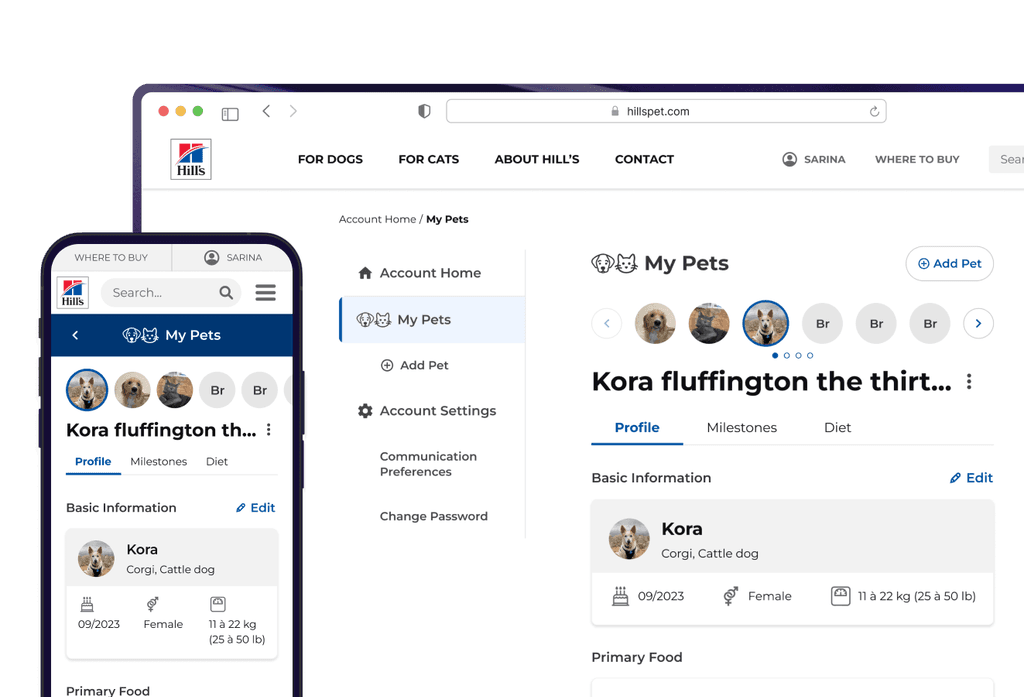UX RESEARCH
Duration
10 weeks Oct 2023 - Dec 2023
My Role
Conducting User Interviews, Gathering Insights, Conducting Research, Documentation
Team
In this UX research project, our focus was to create an optimized furniture marketplace tailored for the Pratt community, identifying and addressing specific challenges. Understanding the unique needs and preferences of the Pratt community, our goal was to develop a user-friendly platform that streamlined the process of buying and selling furniture within the community.
Challenge 1
Conducting thorough research needs time but tight project timelines lead to rushed research.
Challenge 2
Balancing quantitative and qualitative research for comprehensive insights.

Design process
01
Students
02
Faculty
03
Alumni
04
Staff
User Persona, User Journey, User Storyboard
Absence of a Dedicated Platform
Lack of a centralized platform for trading furniture items, leading to scattered transactions and a lack of a unified space for such exchanges.
Trust Concerns with Outsiders
Without a dedicated platform, community members face challenges when dealing with outsiders, leading to trust issues in transactions.
Need for a Community Centric Solution
Need for a secure, community-centric platform that fosters trust and reliability among Pratt members for hassle-free transactions.
Pratt ID: Students will need to login using their Pratt OneKey credentials. This will maintain the credibility of the platform.
Part of Pratt’s Student Portal: This will be a sub-product on the Pratt student portal, simply because it will increase the ease of usage for the users.
Web-Based Product: Majority of the users preferred a web portal over a mobile app for convenience purpose.
Looking into transporation of the furniture
Users expressed a desire for transportation services to be managed by the platform. Our recommendation was for Pratt to collaborate with a third-party service to handle the logistics.
Opportunity to create more on-campus jobs
With the addition of transportation services within Pratt with this platform, there's an opportunity for more on-campus jobs, such as graduate assistantships, focusing on transportation.
Card Sorting
An open card sorting study with 33 cards was implemented to identify different categories and understand how users segregate different items based on their mental model and without any structural guidance.
Analysis
General Bucket: Features like ‘Cart’, ‘Wishlist’, ‘Chat’, and ‘Notifications’ were often classified under ‘General’.
Varied Interpretations: Users showed diverse grouping, creating categories such as ‘Filter’, ‘Transport’, and ‘User options’.
Tree Testing
Once the categories and an initial site structure had been determined based on the results of the card sorting study, a Tree Testing study with 8 tasks for use of the web-product was implemented.
Analysis
Positive Navigation: Users found the navigation intuitive, suggesting the card sorting feedback was well-implemented.
Direct Navigation: Most participants found their desired content directly, with a few exceptions, indicating minor areas for improvement.
Success rate of different tasks
Following the design and prototyping of the wireframes, we formulated three tasks and recruited users to perform these tasks, facilitating usability testing to evaluate the user experience and interface functionality.
Task 1: Add a piece of furniture to the cart
Task 2: Add an item to Saved List. Come back and locate it
Task 3: Access chats as a Seller
From the testing phase, we received valuable feedback, primarily focusing on two significant areas; one pertaining to visual aspects and the other related to structural elements of the interface.
Before Evaluation
Upon hover of each card, “saved item” icon would appear dynamically.
Incorporating Feedback
Rather than triggering the display of the "Save Item" icon upon hovering, it was then positioned visibly upfront, readily accessible without requiring user action to reveal it through hovering.
The options "Categories" and "Buy" were distinct and segregated into individual tabs within the interface.
Incorporating "Categories" as a sub-section under the "Buy" tab presents a logical and intuitive arrangement.
Ensuring the selected colors are compliant with the necessary guidelines
Moodboard
How this project helped me grow as a designer?
01
Beyond Conventional UX
Discovered the importance of considering various viewpoints beyond the traditional UX approaches.
02
Service Design Integration
This provides a more comprehensive approach to solution the user needs.
03
Providing Holistic Solutions






















